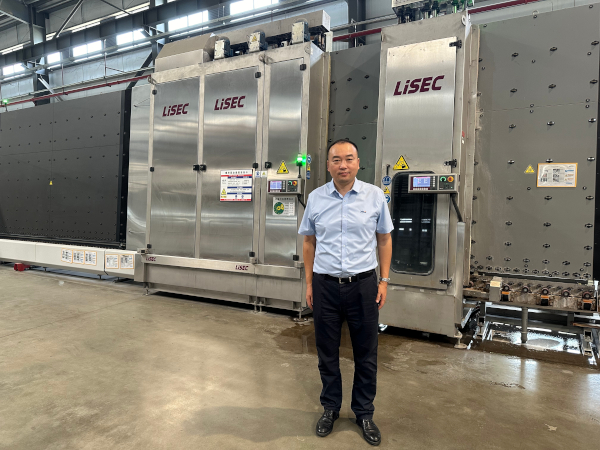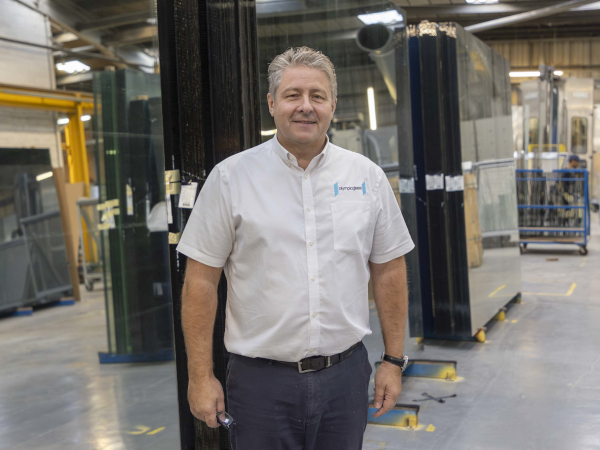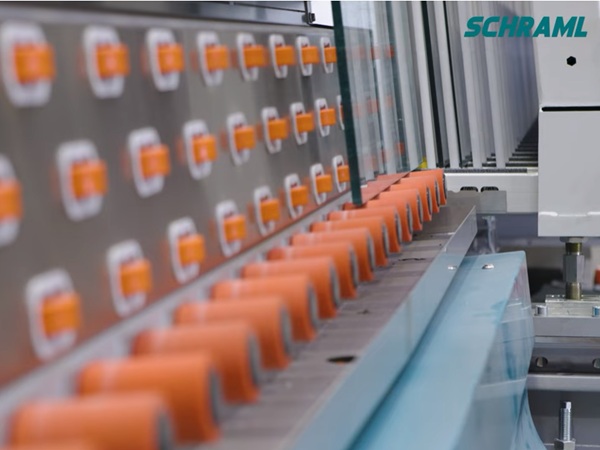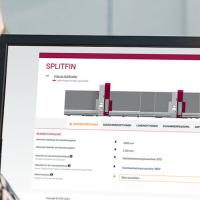Date: 16 September 2013
Now the first scanner checks single glass sheets for spots, fingerprints, etc., whereas the multi-glass scanner identifies defects before the insulating glass units are sealed.If a glass unit has a defect, the unit will be fed out without being sealed. The next-generation insulating glass scanner performs numerous checks for impurities inside the cavity and for defects on the visible glass surface. The next steps involve monitoring the spacer position, verifying whether the coating is on the right side, and checking glass thicknesses and spacer widths.
The scanner comes with two screens for quality control, the first being fitted into the back panel of the sealing machine (LiSEC VFL) and the second in the outfeed zone, so that the scan results are not displayed in the scan position but at the sealing machine, right where they are needed. The sequence of images is shown in such a way that only the current glass unit, waiting to be sealed, is displayed at the VFL.
On the screen incorporated into the VFL back panel, the operator can view all defects and their exact positions on the glass. If defects are beyond the tolerance level and cannot be wiped away, the operator will pass the glass unit through the machine without sealing it. In this way, good glass sheets can be reused later, sealing material is saved, and repair costs are minimised.
.jpg)
Second screen for quality control, located in the outfeed zone of the sealing machine (Photo: LiSEC)
Striking: 35% fewer complaints – 50% fewer rejects
The experience gained since installing the scanner has shown that – incorporated into the production process in this way – a scanner does not affect the cycle time of the insulating glass line. Since an operator works on the sealing machine anyway, this worker can also check the scan results. Due to the fact that information about who operates which machine and when is available, and material tracking through the LiSEC quality management system (QMS) provides details on which insulating glass unit was manufactured at what time, defective glass sheets can now be assigned to shifts and employees unambiguously. "This measure has significantly increased the quality awareness of our employees and has resulted in a decrease of complaint levels by more than 35% for products manufactured on this line," Andreas Winter, Managing Director of Winterglas, says.
The glass sheets rejected by the LiSEC insulating glass scanner are monitored for quality defects in a systematic way. "The subsequent improvement process has reduced reject rates by more than 50%, and are now at an all-time low", Winter continues, showing a high level of satisfaction.










Add new comment